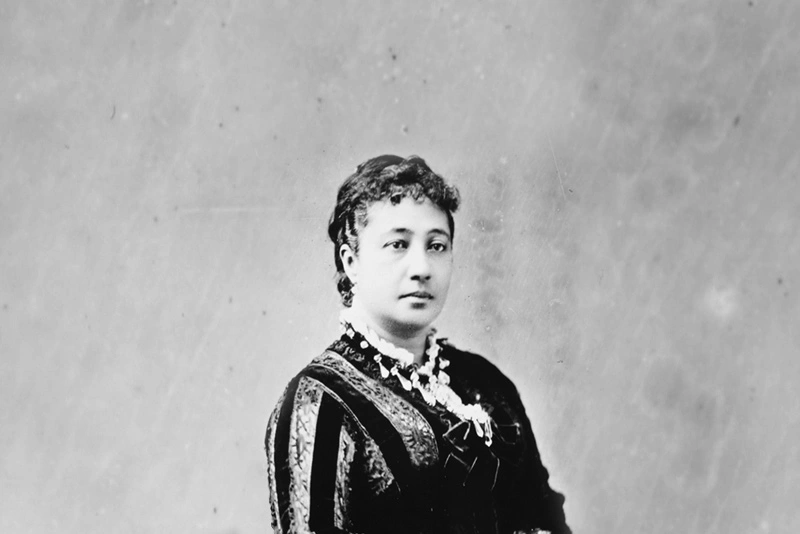Unmanned Aircraft Systems (UAS): FAQ
Who is eligible to operate UAS devices on KS lands?
Only employees who are FAA certified and part of Kamehameha Schools unmanned aircraft teams may fly on KS land.
Why was this certification process necessary?
Airspace above any private property is regulated by the FAA, and because UASs are a relatively new technology, FAA approval is necessary to utilize drones safely and responsibly. Thus, proper FAA protocols are required to operate above KS lands. KS makes it a priority to abide by all FAA protocols, including everything from airspace awareness to equipment knowledge.
Why did KS decide to develop a UAS program?
Safety is a key factor for KS operations; the UAS program provides safety for our staff in the field and for our students on our campuses. The adoption of a UAS program allows our students to experience an emerging technology firsthand and potentially launch interest in the field.
How many unmanned aircraft and pilots does the Kamehameha Schools operate?
At launch of the UAS program, the Kamehameha Schools have eight unmanned aircraft. They are operated only by the KS’ trained staff pilots on KS’ lands. At launch, we have eight KS RPICs. More pilots will be added for future cohorts.
How did the KS develop its unmanned aircraft systems program?
KS started with mana‘o from staff members and departments who had an interest in administering a safe program. The program balances this understanding of potential use with FAA requirements, KS policies and procedures, and other KS operational requirements. The program was developed in consultation with an outside consultant, a former US Navy helicopter pilot who develop a similar UAS program for San Diego Gas & Electric, Hawaiian Electric Co., and who trains Federal Emergency Management Agency personnel in unmanned aircraft use in disaster response.
How will the images collected be protected?
We understand some people may have concerns about privacy, a concern we take very seriously. In addition to complying with federal regulations, we have policies, procedures, and operating standards to define how we collect, use, and store all visual images.
What if a UAS-related accident occurs with a KS employee or on KS property and injures a person or damages property resulting in the potential shutting down of the program?
While accidents do happen, the KS policies are designed to limit risks associated with operating UASs. This includes additional specialized training both in class and hands on that isn’t necessarily addressed by drone hobbyists. KS will also follow the appropriate internal and FAA protocol and reporting requirements when accidents occur.
What types of projects does KS plan to use UAS for?
Education - KS anticipates incorporating UAS technology throughout its educational operations in a variety of ways, including using UAS:
- as an educational-tool for on-campus and land-based programs
- for campus-based security and facilities management operations
- monitor and record sports (and sports training) events
- Create promotional flybys of key campus buildings
- Record footage of unique campus events
- Take unique photographs from hard to reach places
- Enhance field projects, such as studying wildlife from a distance
- Monitor agricultural and environmental conditions for reports
Security - KS primary campus (100 acres) is housed on 300 acres, so they have 200+ acres surrounding campus proper. Each campus has its own security department and is responsible to monitor its own area:
- Tree damage assessment
- Locate squatters, illicit activity (in agriculture, dumping, etc)
- Locate an armed intruder during an emergency situation
Asset Management - KS asset management division is responsible for land planning, preparation, leasing, and inspections, etc. Typical UAV applications for land development projects include:
- Tree damage assessment
- Capturing panoramic images for marketing/communications
- Earthwork volume calculations
- Elevation mapping
- Environmental analysis
- Surface assessment for drainage modeling
- High altitude views of tall buildings
Natural and Cultural Resources - The KS Natural and Cultural Resources division oversees the management and preservation of natural and cultural resources. UAS tasks associated with this area include:
- Documenting archaeological sites - planning and sharing site information with stakeholders
- Documenting changes over time due to threats, stewardship, restoration, and other management activities
- Documenting seasonal changes in a cultural landscape
- Documenting heritage buildings and gardens in a cultural landscape
- Better planning and maintenance through the use of aerial imagery
- Identifying pests, diseases and weeds
- Counting plants to determine population and spacing issues
- Conducting exploratory excavation to determine drainage tile, depth, size and location
ʻAina Engagement - The KS ‘Aina Engagement division oversees water systems, sustainability, planning and entitlements, and land-based education programs. UAS tasks associated with ‘aina engagement may include:
- General land planning tasks
- Monitoring flood zones
- Monitoring setbacks
- Stream monitoring
- Stream inspections
- Shoreline inspections
- Entitlements regarding historical structures
- Inspecting rooftop / solar panels
Land Information Management Services - The KS Land Information Management Services Division oversees data and technology application and tools for land management, procures surveying and land title services. Imagery taken with UASs will be used to enhance tools and services provided to land management. Imagery that is more current and clear at close range, as well as the added functionality of videos, will allow better analysis and decision making on areas of interest.










